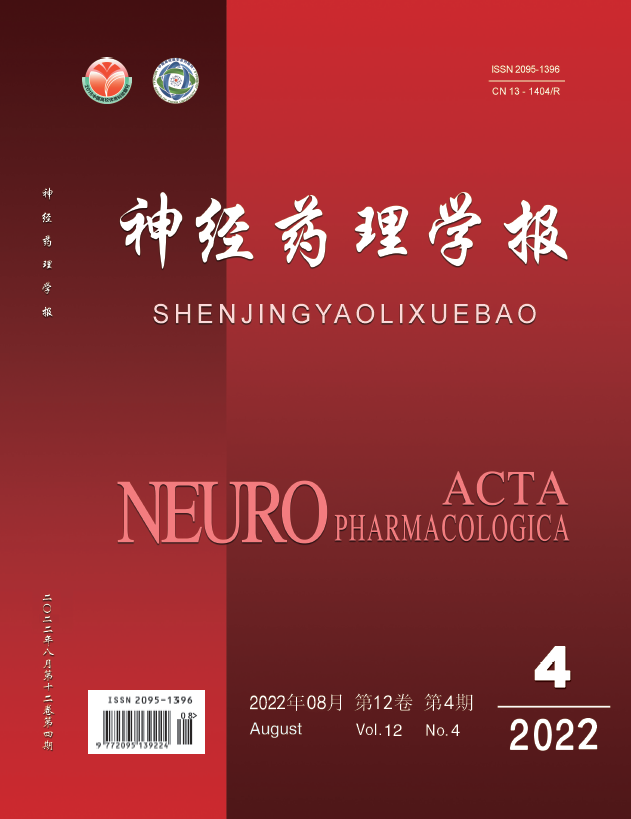Objective:To study the effects and possible mechanisms of CTLA4-Ig on brain
dysfunction in EAMG rats. Methods:An experimental autoimmune myasthenia gravis (EAMG)
was initially established by immunization of Lewis rats with acetylcholine receptor (AChR) a97-
116 peptide. Then the rats were treated with dexamethasone and CTLA4-Ig. Serum levels of
AChR IgG and AChR IgG2b and the content of AChR in hindlimbs were then detected using
ELISA. Lennon clinical score was used to evaluate the clinical symptoms of rats in each group.The changes of spatial learning and memory in rats were observed by dark avoidance test. The
content of MDA,activities of SOD,Caspases-3,Caspases-9 and Caspases-12 in hippocampus
were measured by ultraviolet spectrophotometry. Caspases-3,Caspases-9,Caspases-12 and Trx-1
mRNA expression in hippocampus were measured by RT-PCR and the protein expression of Trx-1
was detected by western blot. Results:CTLA4-Ig and dexamethasone were found to significantly
improve clinical symptoms of EAMG rats,reduce serum levels of AChR IgG,AChR IgG2b
in peripheral blood,and enhance AChR content in the muscle;CTLA4-Ig and dexamethasone
could also prolonge the latency,and reduce the error counts per second. Meanwhile ruduce MDA
content,Caspases-3,Caspases-9,Caspases-12 activity and increase SOD activity,and significantly
induced Trx-1 mRNA and protein expression upregulation and Caspases-3,Caspases-9,
Caspases-12 mRNA expression downregulation and activity of them decreased in hippocampus.
Conclusion:EAMG rats can be complicated with brain dysfunction. Oxidative stress and
apoptosis mediated by down-regulation of Trx-1 expression may be one of the main causes of
CNS damage. CTLA4-Ig can improve the dysfunction of oxidative/antioxidant system and inhibit
apoptosis in hippocampus of EAMG rats by up-regulating the mRNA expression of Trx-1.

